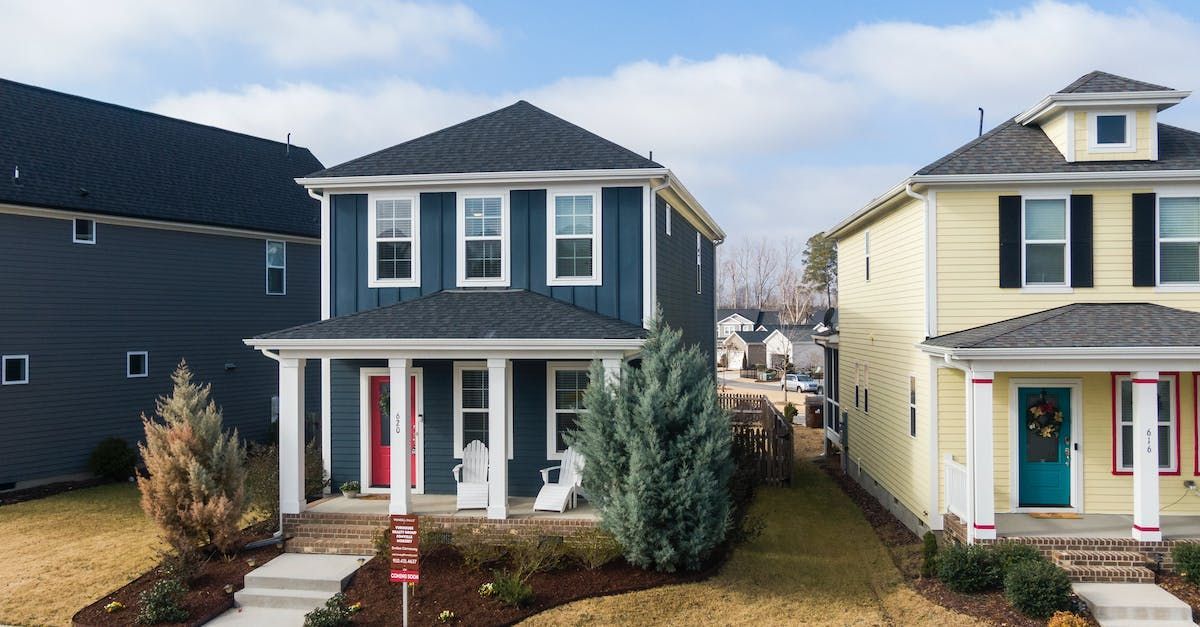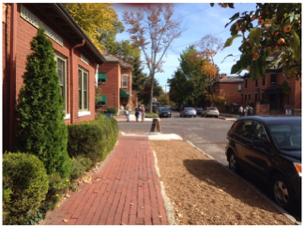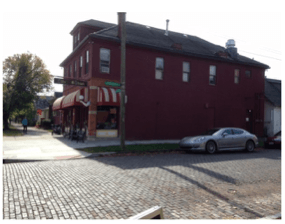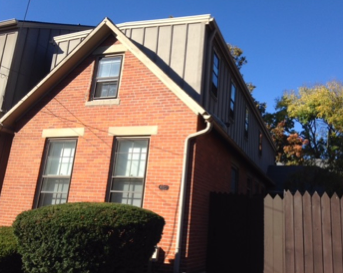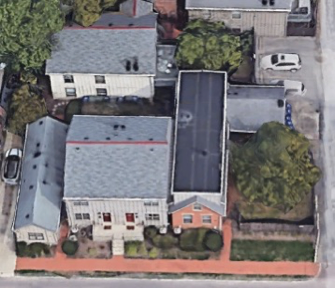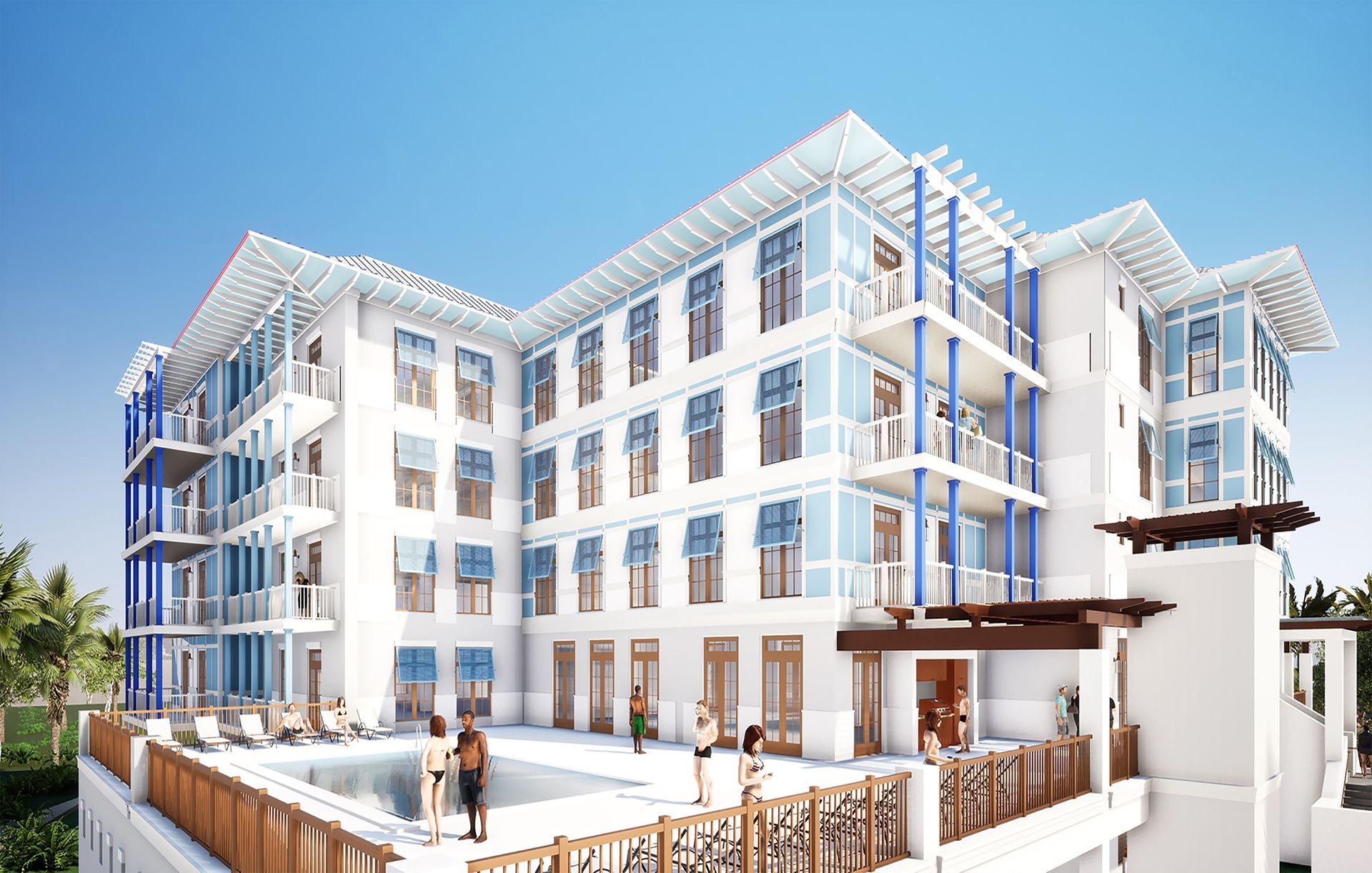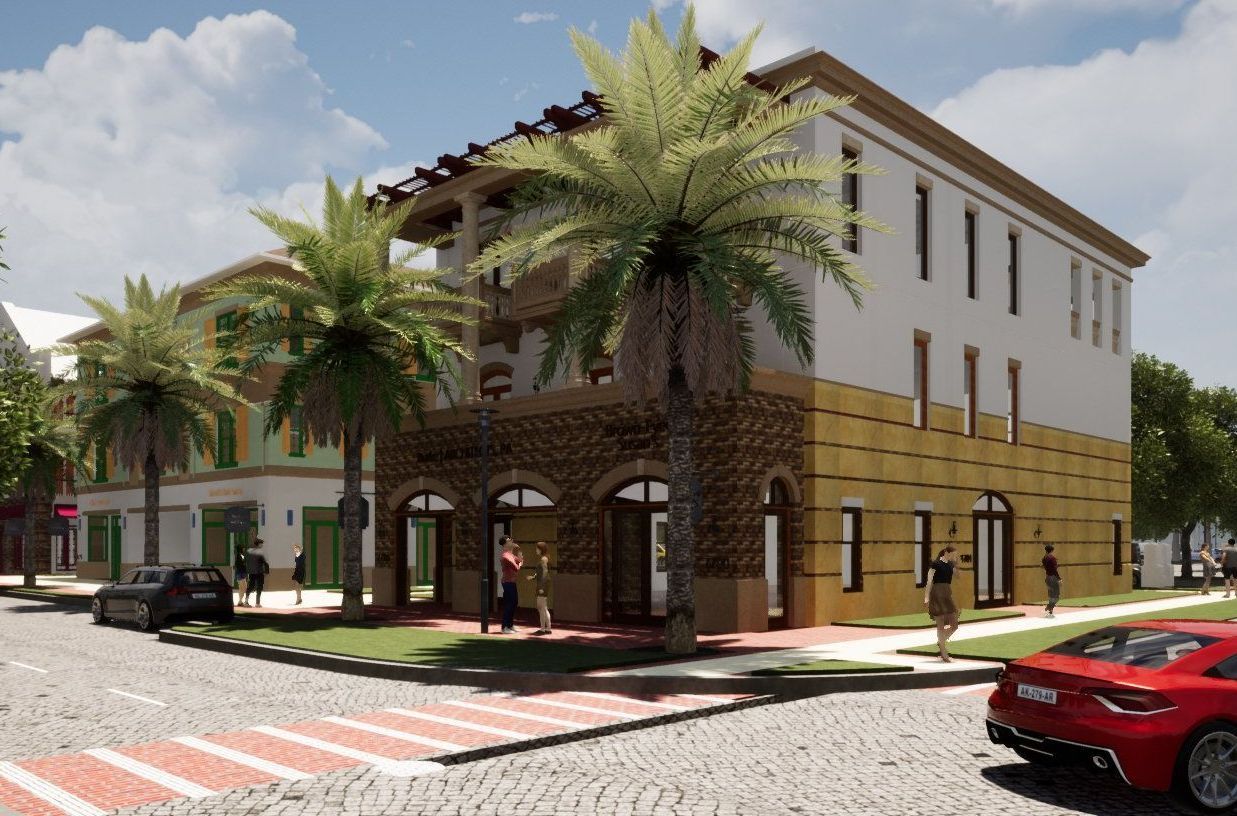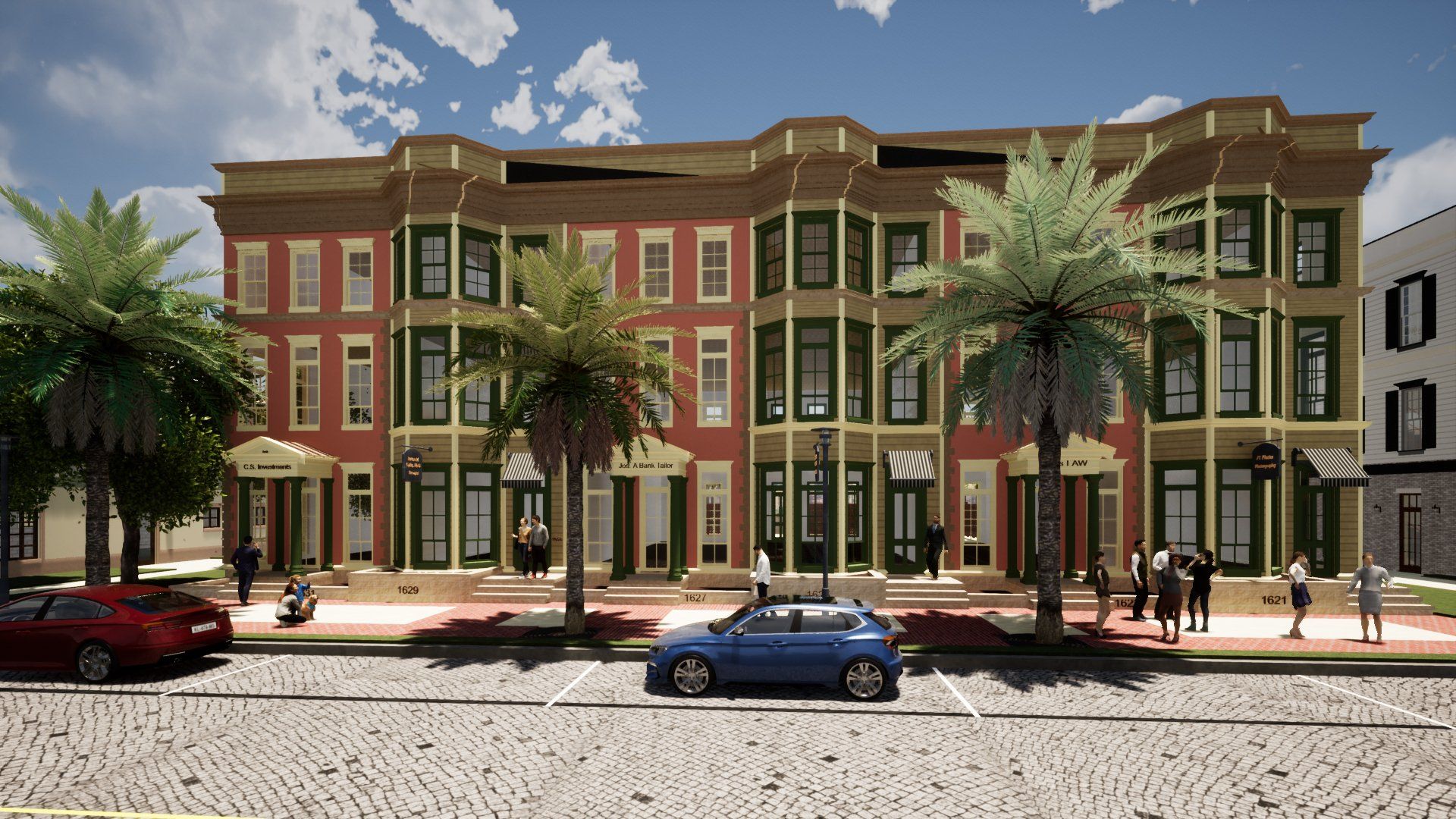What Makes Missing Middle Housing Neighborhoods Successful?
Part 2.
Characteristics of Missing Middle Housing
In Part 1 of this blog series, I reviewed what existed in many pre- and post-World War I neighborhoods and why the Missing Middle Housing types disappeared. In this part, I briefly describe the characteristics that make Missing Middle Housing a desirable way of living for many, whether they need affordable housing or not.
What makes up Missing Middle Housing?
The elements of the style of the buildings vary from community to community. I attended The Ohio State University in Columbus, Ohio living in Columbus for a little more than seven years. In that time, I got very familiar with several different neighborhoods that developed from the late 1890's on. Places like German Village, Victorian Village, and Italian Village all conjure up images to the residents of Columbus as highly sought after neighborhoods where many would like to live. While living in Houston, Texas, I lived in the Rice University area that was a mix of eclectic styles and varying unit types.
Those neighborhoods have changed over time, but the original style and development of the neighborhoods have remained the same. And what they provide for residents today is an example of how and why Missing Middle housing works.
Why do people want to live in these neighborhoods?
Firstly, the neighborhoods are walkable!
All of the neighborhoods are scaled to the single-family residence home. But each has its unique mix of single-family, duplexes, row houses, and courtyard-clustered homes — plus a mix of retail establishments and dining options. The underlying concept is that the neighborhoods are walkable.
Buildings are limited to two or three-stories. All of the neighborhoods are provided with on-street parking. While these neighborhoods came to life in the early part of the twentieth century, they continue to provide sustainable development patterns, even when (or especially when) the existing fabric is permitted to include Missing Middle Housing.
A closer look at German Village
German Village has a laid-back feeling with charming brick homes begun in the late 19th century by German immigrants. These homes share the neighborhood with book stores, shops selling hand-made jewelry (image 1, below) and mix gently with art galleries, German pubs, coffee shops, and American Bistros (image 2, below).
Many of the original homes have been remodeled (some several times) and many of the larger homes have been converted to duplex, triplex and quad units (image 3, below).
The three images above show a tree-lined street in the German Village neighborhood of Columbus, OH. While the sidewalks are somewhat narrow, they make it easy to walk along the streets, and move from retail shops to restaurants to residences. Neighborhood parking is generally on the street and in some cases, there is limited on-site parking for shops and restaurants.
All the buildings at this corner rely on street parking.
After finishing my architectural education, I lived in German Village. Image 4, below, shows a duplex that consists of the original single-story, brick-clad building with an added second floor. A classmate and I shared this two-bedroom, one and one-half bath unit. Our portion of the duplex was the original one and one-half story home and was converted to two-stories. A second single story one-bedroom, one bath unit was added to the home turning the existing single-family building into a duplex unit. The single-story unit is located off a courtyard behind the tree (Image 5, below).
The block I lived on has all of the hallmarks of New Urbanism design created in the 1920's. Immediately adjacent to the home I lived in is a duplex unit. The building was originally a large single-family home that was converted to a duplex, and later re-clad the existing brick with a board and batten siding, which was popular for additions and renovations in the 1970's.
And, while the building adjacent to that duplex (on the left side of image 5) appears to be a
shot-gun styled single-family home, it too is a duplex with an entry off of a sidewalk between the two buildings.
Designing a Cluster Housing Development with Missing Middle in Mind
While living in this duplex, I was employed in the Columbus office of NBBJ. The office was a 15-minute walk from the home. Even when it snowed, the walk to work was enjoyable. When fall arrived, the bright yellows and reds of the leaves made the walk home a comfortable wind-down to the day.
One of the exciting projects we executed at NBBJ was a cluster housing development (Image 6, below) adjacent to the famed Battelle Memorial Institute, on the south end of the OSU campus. Battelle retained NBBJ to design the project that relocated six large Victorian homes from other parts of the city to the tree-lined street.
Local zoning required off-street parking. The NBBJ team designed detached garages for the buildings that were relocated. Small additions were made to each of the homes to provide what we would now call accessory dwelling units. Two of the homes were divided to make duplex units.
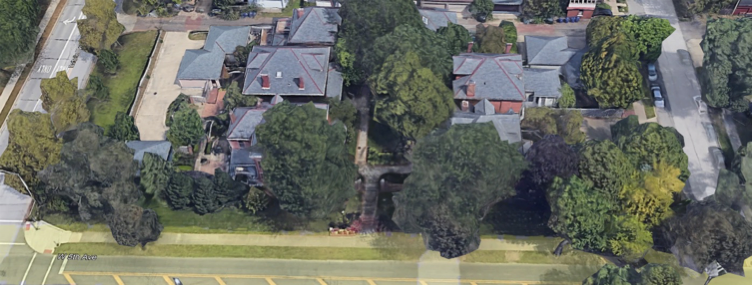
What makes these neighborhoods successful?
While density has been increased, there is a perception that there is no change to the residential scale of these neighborhoods. Maybe that's part of the magic of Missing Middle housing — In many cases, this can increase a neighborhood's density of 16 du/units per acre without the perception of the scale of the neighborhood changing.
As an affordability issue, neighborhoods like German Village, along with Victorian and Italian Villages, the need for the density increase is also needed to provide a viable transportation system and options, necessary for those who have given up the car (and related expenses) in favor of living in a walkable neighborhood.
Theses neighborhoods provide places for employment and business opportunities for entrepreneurs. The added residential density is required to support both transportation systems and the amenities that residents seek in living in neighborhoods that comprise Missing Middle Housing.
What's Next?
In my next posts, I look at what the density might look like in Mixed Middle Housing neighborhoods today, and the barriers to making Missing Middle part of the housing solution.
I hope you continue to follow the blog.
About the author: Greg Burke, FAIA, NCARB is a St. Augustine, Florida based architect with more than 40 years in the profession and the President of Gregory John Burke | ARCHITECT, PA. He is licensed to practice in eight states. He has been an ardent proponent of solving the affordability issue for housing and currently advises to the St. Johns County (Florida) Affordable Housing Advisory Council. He is also a member of the Florida Board of Architecture and Interior Design.
